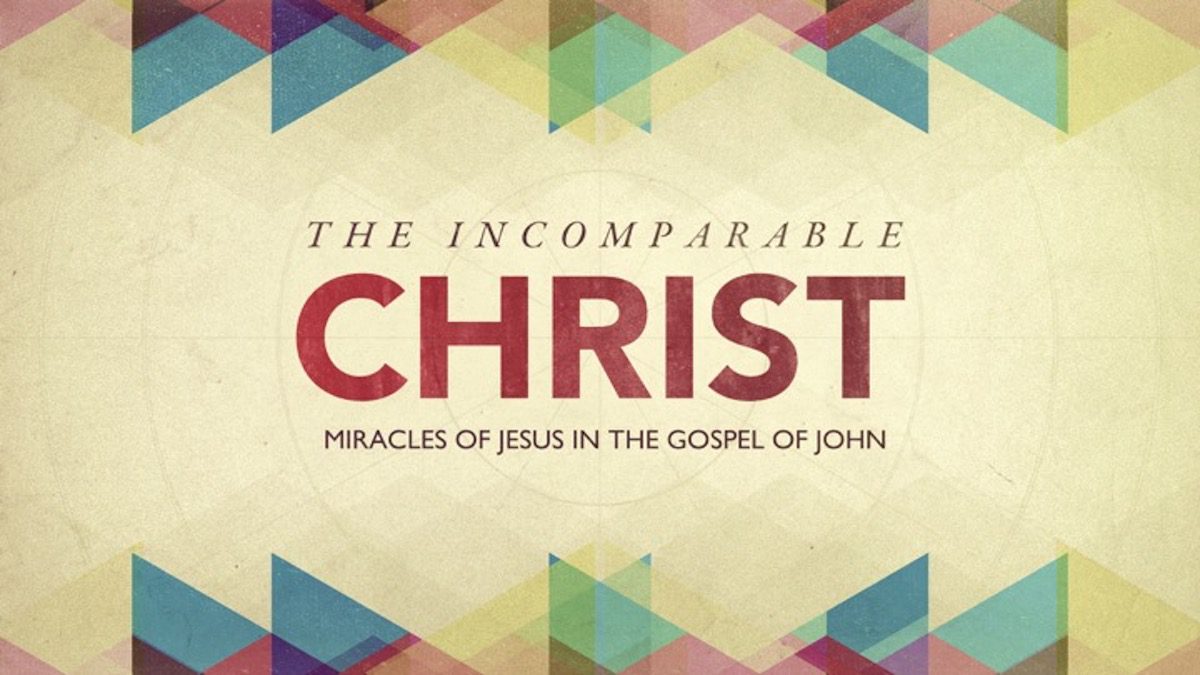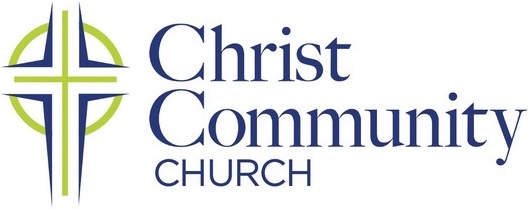
The Incomparable Christ, Part 1: Signs of Life (John 20:30-31)
In the Gospel of John, Jesus performs seven significant miracles that are referred to as “signs.” These signs form the backbone of the first half of the book, and each is meant to reveal something about the person and work of Christ. One of the interesting features of the fourth Gospel is that the author hangs its key by the back door. That is, John doesn’t give us his purpose for writing in the opening paragraph as Luke does. Rather, he saves his purpose statement for the end:
“Jesus did many other signs in the presence of his disciples, which are not recorded in this book. But these are written so that you may believe Jesus is the Christ, the Son of God, and that by believing you may have life in his name” (John 20:30-31).
In short, Jesus did miraculous signs not to dazzle us but to deliver us. Consequently, John selects seven signs from a much larger number known to him to form the central core of Jesus’ ministry before his death, burial, and resurrection. They can be understood as divine endorsements of his authority, even as they clearly mark him out as “the incomparable Christ” who brings salvation to his people. The seven signs are:
1. Changing Water into Wine (John 2:1-11)
2. Healing the Royal Official’s Son (John 4:43-54)
3. Healing the Disabled Man at the Pool (5:1-18)
4. Feeding the Five Thousand (6:1-15)
5. Walking on the Water (6:16-25)
6. Healing the Man Born Blind (9:1-12)
7. Raising Lazarus from the Dead (11:1-44)
This series looks at the miracles of Jesus not merely to study history but to consider what God may want to do among his people today. Believers can never command miracles to take place, but we can be open to them. As the Apostle Paul said, “My message and my preaching were not with wise and persuasive words, but with a demonstration of the Spirit’s power” (1 Corinthians 2:4). A full and genuine demonstration of the Spirit’s power is what the church needs today.
